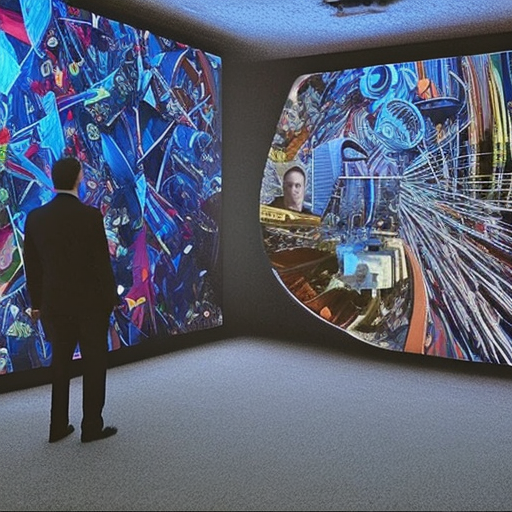Summary:
Screenwriting is the art and craft of writing scripts for films, television shows, and other visual media. It involves creating compelling characters, developing engaging storylines, and crafting dialogue that brings the story to life on the screen. Successful screenwriting requires a deep understanding of storytelling techniques, structure, and the visual language of cinema.
Understanding Screenwriting:
Screenwriting is a specialized form of writing that differs from other types of writing in several ways. Unlike novels or plays, screenplays are written with the intention of being produced as visual media. This means that screenwriters must consider the visual and auditory elements of storytelling, such as camera angles, sound effects, and music, when crafting their scripts.
The Elements of Screenwriting:
A well-written screenplay consists of several key elements that work together to create a compelling story. These elements include:
1. Characters: Characters are the heart of any story, and in screenwriting, they play a crucial role in engaging the audience. Well-developed characters have clear goals, motivations, and conflicts that drive the story forward.
2. Story: The story is the backbone of a screenplay. It includes the plot, the main events, and the overall narrative structure. A strong story is essential for capturing the audience’s attention and keeping them engaged throughout the film or television show.
3. Structure: Screenplays typically follow a three-act structure, consisting of the setup, confrontation, and resolution. This structure helps to create a sense of tension and progression in the story. Within each act, there are specific beats and turning points that propel the narrative forward.
4. Dialogue: Dialogue is a crucial element of screenwriting. It is through dialogue that characters express their thoughts, emotions, and conflicts. Well-written dialogue should be natural, engaging, and reveal information about the characters and the story.
5. Visual Language: Screenwriting is a visual medium, and understanding the visual language of cinema is essential for effective storytelling. This includes using visual cues, such as camera angles, lighting, and composition, to enhance the story and create a specific mood or atmosphere.
The Process of Screenwriting:
The process of screenwriting typically involves several stages, including:
1. Idea Generation: The first step in screenwriting is coming up with a compelling idea for a story. This can be inspired by personal experiences, current events, or other forms of media.
2. Outlining: Once the idea is formed, screenwriters often create an outline that outlines the main plot points, character arcs, and key scenes. This helps to provide a roadmap for the writing process.
3. Writing the First Draft: With the outline in place, screenwriters begin writing the first draft of the screenplay. This is often a creative and exploratory process, where ideas and characters are developed further.
4. Rewriting and Revising: After completing the first draft, screenwriters go through multiple rounds of rewriting and revising. This involves refining the story, strengthening the characters, and improving the dialogue.
5. Feedback and Collaboration: Screenwriters often seek feedback from trusted peers or industry professionals to get different perspectives on their work. Collaboration with directors, producers, and actors is also common during the development process.
Conclusion:
Screenwriting is a specialized form of writing that requires a deep understanding of storytelling techniques, structure, and the visual language of cinema. Successful screenwriters create compelling characters, develop engaging storylines, and craft dialogue that brings the story to life on the screen. The process of screenwriting involves idea generation, outlining, writing the first draft, rewriting and revising, and seeking feedback and collaboration. With dedication, practice, and a strong understanding of the craft, aspiring screenwriters can bring their stories to life on the big or small screen.












